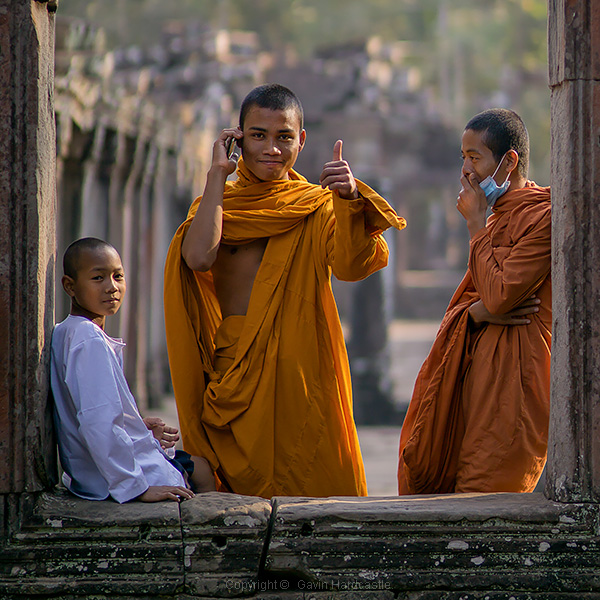
with these 10 simple tips. Most of these tips are pretty basic and some
of them are useful for traveling in general.
1 – Focus on faces
Sounds obvious I know, but whether it’s wildlife or people, it’soften best to focus your lens on the face of of your most important
subject. We are naturally drawn to eyes, so that’s where you’ll usually
want to focus.
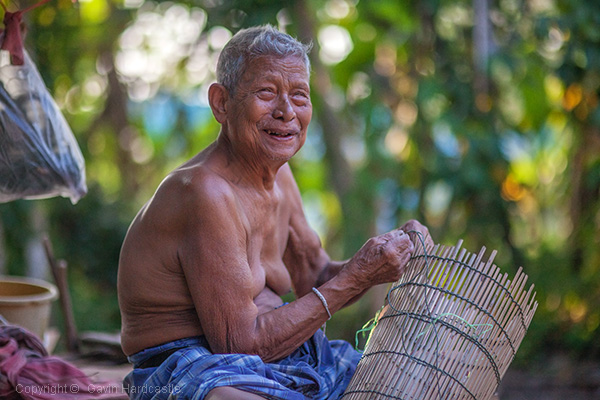
2 – Shoot fast
Photographing people in fascinating cultural situations requires a totally different mindset to shooting landscapes.Forget your tripod, forget low ISO settings and think less about
image quality and more about capturing the moment. Be ready, by relying
on your autofocus and fast shutter speeds to freeze the action. Handheld
is the way to go because you just don’t have the time to be fiddling
around with tripods.
In bright sunlight you’ll get away with ISO settings between 400 and
1000 but when the light starts to get low, don’t be afraid to crank that ISO way up into the thousands.
Use wider apertures
like f/2.8 to achieve faster shutter speeds and get a pleasing shallow
depth of field to accentuate your main subject. Shooting in Aperture Priority mode (AV) lets you quickly dial in the desired aperture while your camera decides on the shutter speed.
If your lens has some kind of vibration reduction be sure to switch that on when going handheld.
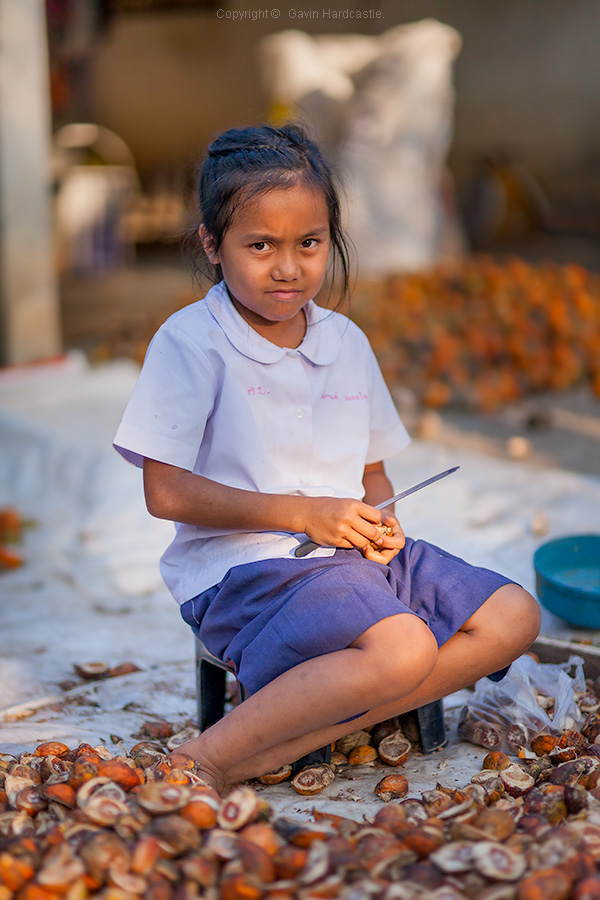
3 – Learn the lingo
Take at least a few hours while traveling to learn the basic languageskills for your location. Knowing how to say ”Hello, excuse me, please,
thank you, sorry, yes, no,” etc., goes a long way even in countries
where English is spoken in tourist areas.
Having some basic language skills can make a huge difference to the
type of access you’ll get, and the things you’ll get to see. Language
opens doors that would otherwise be closed to the average tourist.
4 – Hire a translator or guide
Getting access to people’s everyday lives is often difficult if youdon’t know any locals, especially if it’s your first time at a
particular location. Consider hiring a guide or translator so that you
can communicate with locals on a deeper level than just knowing the
basic phrases.
I’ve done this a few times and you sometimes get to make great
friends with your guides, who will be happy to introduce you to
interesting people and places.
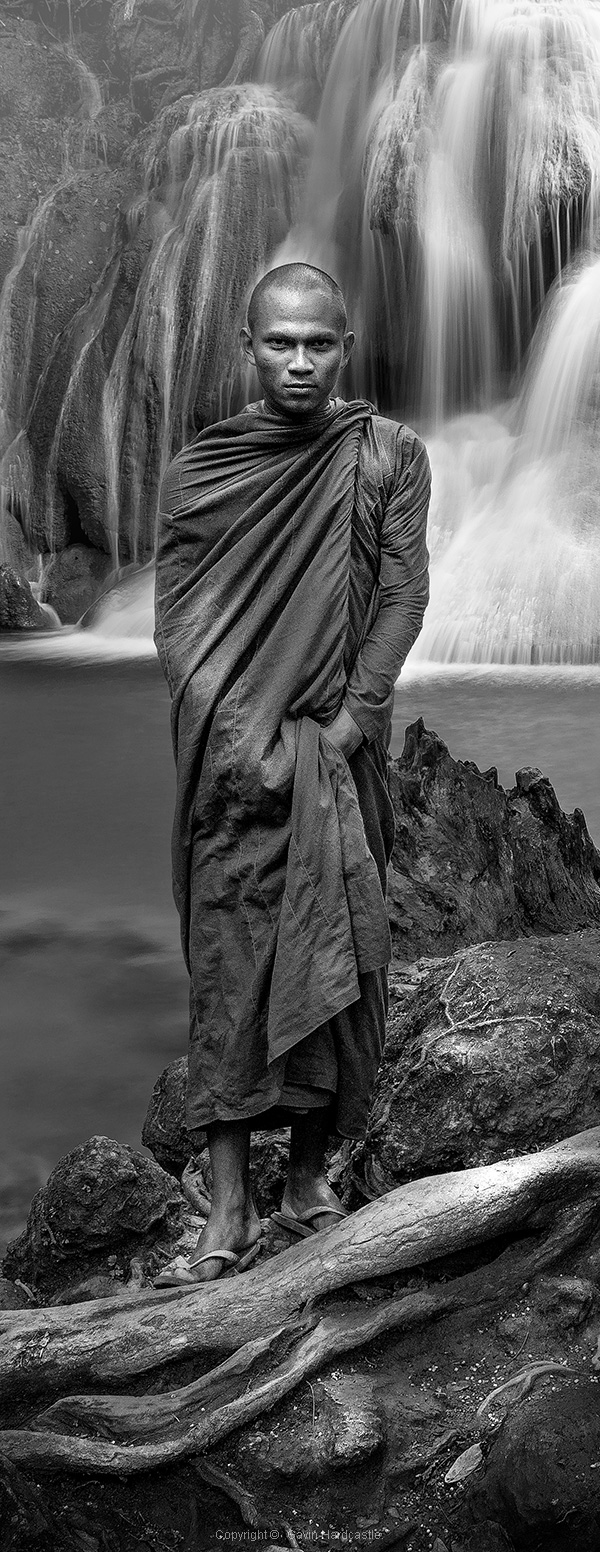
5 – Smile and make friends
When taking pictures of strangers or communicating with locals, don’tbe a dour faced tourist. Smiling is universal and softens what might
otherwise be an intimidating approach to people who have little
experience with adventurous foreigners.
If you want people to like you, a smile is a good place to start.
6 – Ask for permission whenever possible
If you’re able to ask a person for permission to take their picture,you should. In many countries there is no legal obligation to do so but
it’s just good manners, and some people may have religious reasons why
they’d really prefer not to have their picture taken.
Conversely, don’t interrupt a delicate social situation if there’s a
chance it might be socially awkward. This picture I took at the very
famous What Pho in Bangkok is a good example. The monks were taking an
exam in front of hundreds of tourists under a high pressure situation so
I’m hardly going to walk up and interrupt.
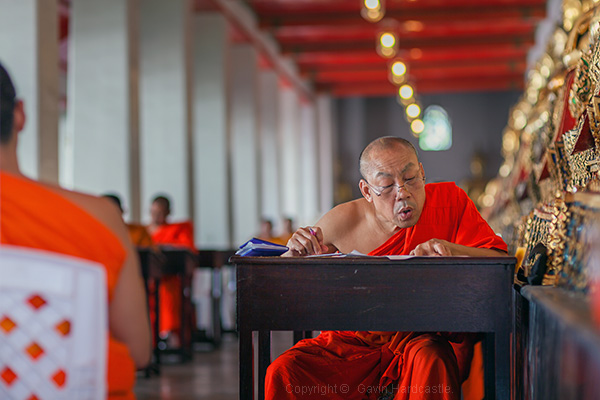
7 – Choose the right lenses
When it comes to capturing atmospheric cultural shots, I’ll choose prime lenses that offer a lovely blurred bokeh effectwhile keeping my main subject sharp. Typically these will be in the
35mm, 50mm or 85mm, range on a full frame camera. These types of lenses
will give you that lovely cinematic look that all-in-one zoom lenses
just can’t deliver.
You can achieve a similar look with big telephoto lenses but those
are less portable. Smaller primes also make you look more low-key and
have great image quality.
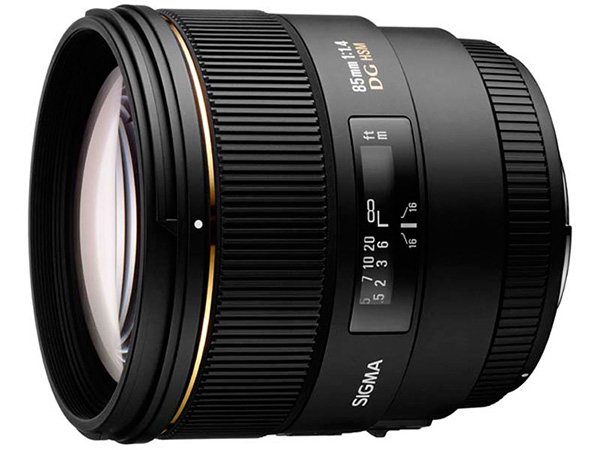
8 – Carry two cameras
This goes back to what I said about shooting fast. With people andanimals you often won’t have time to switch lenses, so consider carrying
two cameras that have lenses for different purposes. Let’s say a wide
angle lens on one camera, and a lovely 85mm prime for portraits on the
other. This way you’ll be able to cope with most situations at a fast
pace.
If you are going to carry two cameras, try and keep one in a small
bag at all times. If you look too much like a paparazzo it might
intimidate some people.
9 – Step out of your comfort zone
I’m not advising you to put yourself in danger. You should always usecommon sense, but consider doing things you might otherwise find
yourself saying NO to. That’s where you’ll find the best photo
opportunities.
An example of this would be my recent visit to a mountain cave in
Thailand called Phra That Cave in Kanchanaburi Province. The cave has no
lights, claustrophobic tunnels and thousands of bats, some of which
you’ll have flying right in your face. To me, that’s fun, but to others
it’s a living hell.
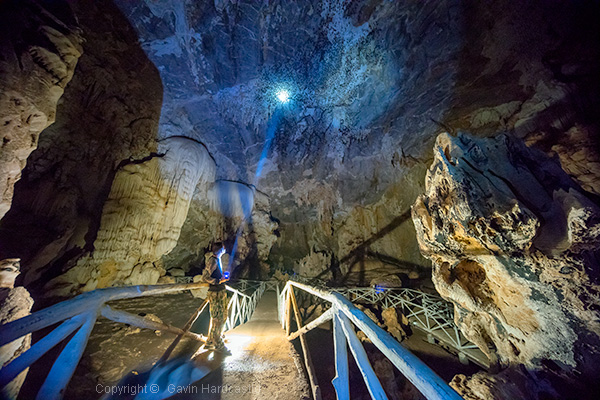
10 – Take responsibility for your ownsafety
Third world countries (and even some first world countries) have avery vague concept of Health and Safety. Modern day westerners are
raised in a bubble of relative safety that can sometimes result in us
having a misplaced sense of responsibility.
Use common sense when traveling, and don’t assume that those hastily
built steps you’re about to climb have been passed by a safety
inspector.
10 Ways to Improve Your Travel Photography
No comments:
Post a Comment